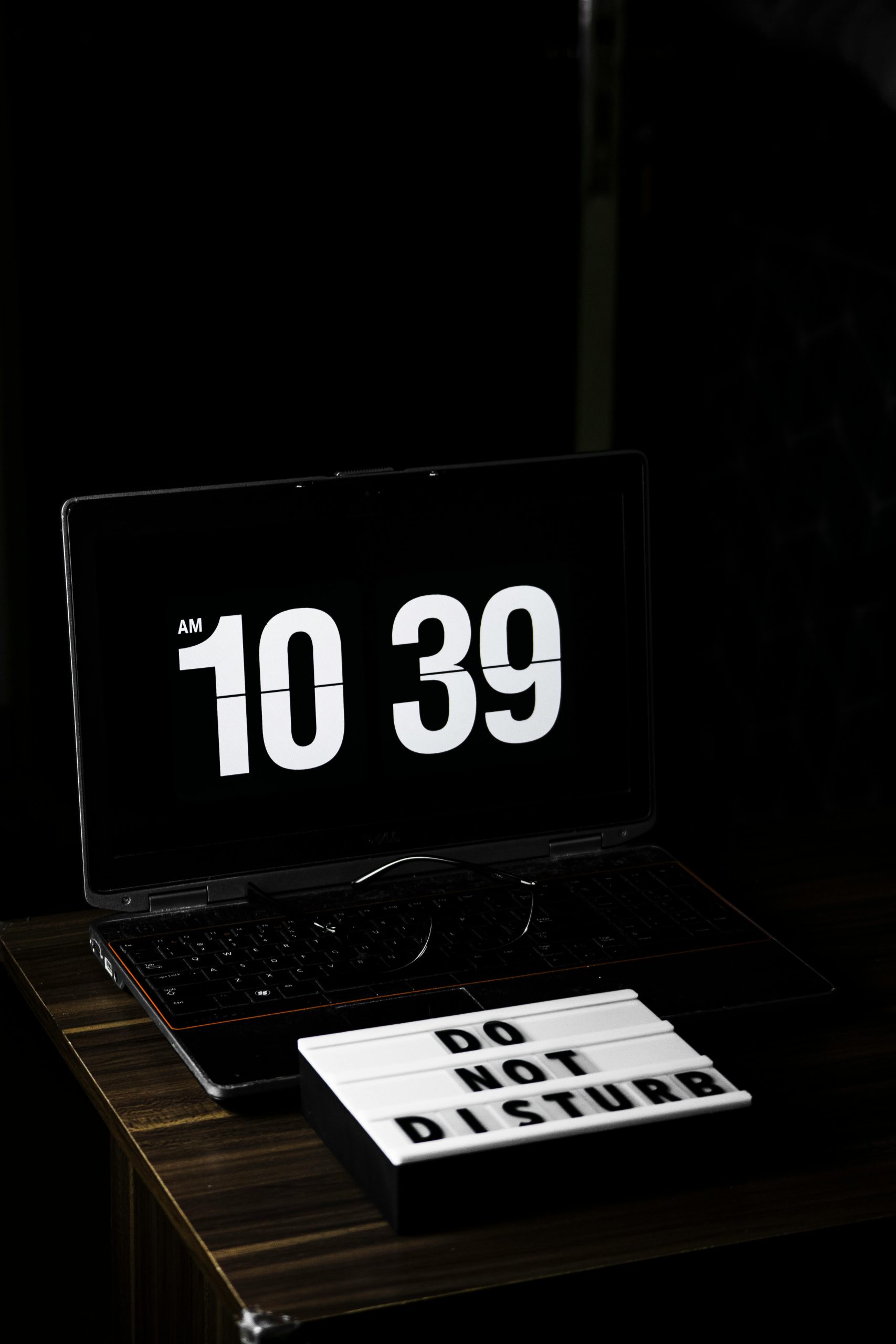Optimizing and Extending the Usability of an Aging, Underperforming Laptop
Dealing with an outdated or severely underperforming laptop can be a frustrating experience, especially when your primary computing device is temporarily unavailable. If you find yourself in such a situation, it’s essential to explore practical ways to maximize your current hardware’s potential or determine how best to recycle or repurpose it.
Assessing the Current State of Your Device
From your description, your laptop is experiencing significant issues, including:
- Persistent high CPU usage (near 100%), leading to sluggish performance
- Excessive overheating affecting system stability
- Random shutdowns and blue screens, compromising data safety
- Limited hardware specifications:
- CPU: Intel Celeron N3350
- RAM: 4 GB
- Storage: 29 GB SSD
- Graphics: Intel HD 500
- Operating System: Windows 10 (version 19045.5965)
Given these symptoms and specs, your device is likely nearing the end of its lifespan for modern multitasking and demanding applications.
Potential Steps to Improve Performance
While the hardware limitations restrict significant upgrades, several strategies can help extend its usability:
-
Optimize the Operating System
-
Perform a clean installation of Windows to remove bloatware and accumulated debris.
- Use Windows’ built-in tools like Disk Cleanup and Storage Sense to free up space.
-
Disable unnecessary startup programs and background services via Task Manager.
-
Manage System Resources
-
Monitor CPU, memory, and disk usage through Task Manager to identify resource hogs.
- Limit running applications to essential ones only.
-
Adjust for best performance by modifying visual effects (System Properties > Advanced > Performance Settings).
-
Improve Thermal Management
-
Ensure the device vents are clear of dust and debris.
- Use a cooling pad if possible to help mitigate overheating.
-
Avoid heavy workloads that may cause thermal throttling.
-
Consider Lightweight Alternatives
-
Switch to a lightweight Linux distribution (e.g., Linux Mint XFCE, Lubuntu) to reduce resource consumption.
-
These operating systems can breathe new life into older hardware, providing more responsive performance.
-
Use the Laptop for Specific Purposes
-
Basic Tasks: Web browsing, document editing, email, and media consumption.
- Network Device: Turn it into a dedicated server for file sharing or media streaming.
- **Educational
Share this content:



